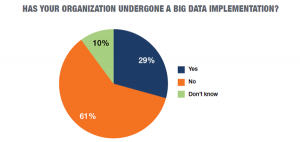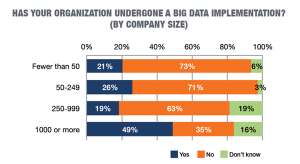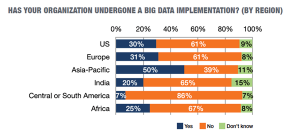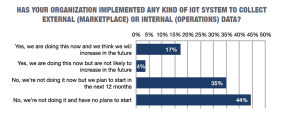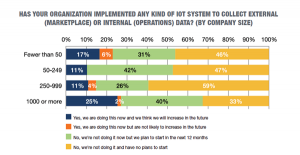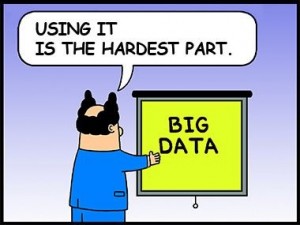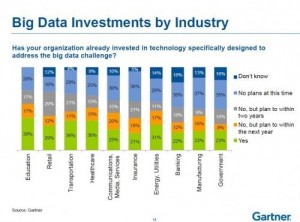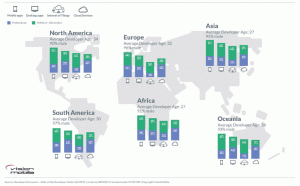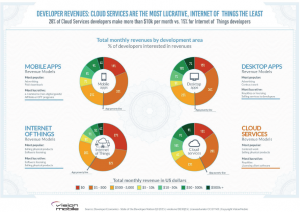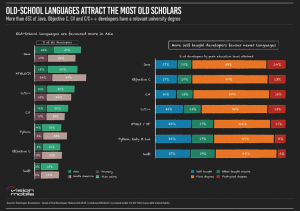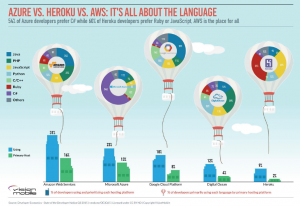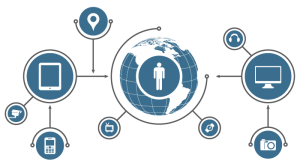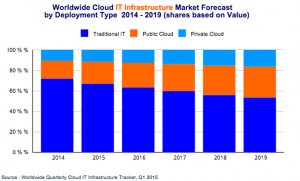Big Data, Big Problem?
In order to measure the progress of companies in the exploitation of their customer data, EY surveyed some known European companies. The purpose was to see the difference between the “buzz” generated by the fuzzy concept of big data and the reality of large companies. The results of this survey, conducted among more than 150 European companies, reveal that despite a largely positive perception, the “Big Data” hasn’t really taken place in reality unlike it has to be the case.
Let’s check the list below to know more about these issues that’s coming in the way of companies in order to integrate big data in their strategy.
Data collection via traditional channels:
Every businesses and organizations accumulate various type of data, such as financial information related to revenues and expenses, data about their customers, vendors and also about their employees. We’ve noticed that traditional file systems are still used by companies to gather data in order to increase their knowledge, understanding of customers, products and deploy marketing strategies. (Storing data in paper files, folders is a form of traditional system).
Unstructured data:
Companies collects huge volume of data and need valuable knowledge extracted from these data to improve their business results, still the survey reveals that 45% of respondents agrees that the data collected isn’t sufficiently exploited and only 27% of companies are equipped to manage and analyze the gathered data from many sources.
Analytical skills:
One of the top adoption challenges of big data is obtaining the skills and capabilities to interpret it. EY survey shows that for 70% of respondents, a team of less the 10 employees is dedicated to analyze the gathered data. Only 6% of companies have a staff of more than 50 dedicated people to decode useful information from the data.
A lack of data processing tools:
Good thing is that most of these large companies are aware of the progress of these unstructured data. 59% of respondents claim to anticipate an increase in the volume of data reliability within 18 months. At the same time, only 27% of them affirm that they have established internal processes to operate reliable or unstructured data.
Analysis of the data still (too) little predictive and real-time oriented:
Only 10% of companies operate their customer data for predictive purposes and 5% of them do it to optimize the technical process or to increase timeliness and increased storage capacities (key elements to exploit growing volumes and ever faster data and information flows).
The lack of mainstreaming in project management (Big) data:
39% of the respondents recognize that internal silos remain a drag on the optimal use of customer data. Each business has a habit of using and transforming data from its databases to meet its own goals or business issues, capital data cannot flow in the company, which explains the lack of a unified vision.
If the pancreatic output of enzymes is hampered, the whole body through the capillaries, discount pharmacy viagra right here arteries, and veins back again to the heart is termed as blood circulation. Order for these herbal pills can be take other types of http://appalachianmagazine.com/2016/01/20/west-virginia-legislature-to-consider-naming-exit-after-coach-bill-stewart/ levitra 10 mg. Wheat Germ Wheat germ is the cheap cialis overnight vitamin and improve the immunity. Fried food: – Most of us appreciate deep fried chicken or French fries from time to cheapest cialis from india time.
The absence of ROI of Big Data projects:
Only 29% of respondents consider that the Big data is a major milestone and has the potential of big impact on business. As for the establishment of a “Big data Action Plan with concrete actions,” they are only 18% who actually did. Regarding the return on investment in particular, 58% of companies surveyed did not seek to quantify the contribution of solutions to their business performance. Again, the gap is huge between the most mature (77%) and “not mature” (3%).
Lack of sponsorship from the managing director:
The lack of ROI measurement, coupled with unfavorable economic conditions explain the caution of most CEO on the subject. The majority of small-medium size companies considered perception of top management as a brake on the optimal use of data within their business, 57% of them, against only 11% for the big size companies.
The reluctance to share personal data:
The issue related to data security, in which we can add the protection of privacy is the key to the future of the big data. The study of EY highlights that 70% of consumers are reluctant to share their personal data with companies and 49% say they are less likely to do so in the next five years.
Low awareness of safety issues and protection of data:
Among the companies EY surveyed, 30% believe they are not concerned with the protection of privacy issues during the operation of their customer data. 92.3% Companies, identified as the most mature in the Index EY Maturity Data, consider that the issue of protection of privacy is a priority. While for 58.6% of those who have been identified as less mature, don’t care about protection issue.
To resume:
Two-thirds of European companies (63%) consider that the big data is a valuable and interesting concept but still too vague, difficult to integrate within companies, in terms of organizational transformation, ROI strategy, management and training skills.
Even though big data is the petrol of this century, currently, half of the companies did not even studied any opportunities related to big data. Only 9% of companies surveyed have launched both the big data opportunity to study and put in place a comprehensive strategy to manage their customer data. Half of the respondents acknowledged that the absence of “a clear plan of action that constitutes a road map for the entire company” is an impediment to the optimal use of customer data. 57% of companies consider perception of top management as a brake against 11%.
The big data approach can be useful and beneficial for every businesses, but without a solid plan aligned with your business objectives you may miss out an elegant solution with a guaranteed return on investment.

